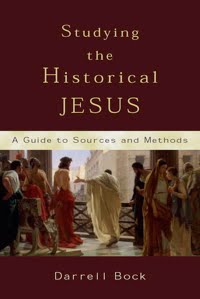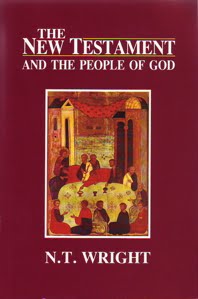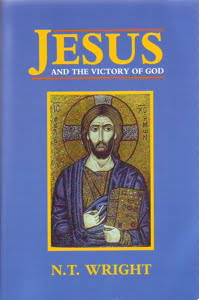While reading Darrell Bock’s Studying the Historical Jesus in preparation for class this fall, I came across the following, insightful comment:
Every culture has its “cultural script” that is assumed in its communication. These [Second Temple Jewish] sources help us get a reading on the cultural script at work in the time of Jesus. They also help us understand the reaction to Jesus and his ministry. They also deepen our own perception of Jesus’ claims ( 40–41).
Particularly this quotation’s first sentence—and then the remaining ones by way of application—strongly resonate with some of Hans-Georg Gadamer’s remarks about “transposition.” Of course, this “script” does not represent a rigid, determining force, but it does aggregate a field of possibilities for Judaism(s) that could make sense within the Second Temple period and, therefore, a field on which Jesus had to play in order to make sense to other Jews of his day. Even if the “sense” some made of him was that he was a dangerous radical who merited execution, such opponents still had to see Jesus as playing on the part of the field where people who deserved execution played. Thus, studying the nature of this field—this “cultural script”—can provide valuable insight into how Jesus situated himself within that field (cf. Wright 1992, 145–338; Wright 1996, 150–55).
In this post:[caption id=“attachment_5709” align=“alignleft” width=“80” caption=“Darrell Bock”]  [/caption] [caption id=“attachment_1772” align=“alignleft” width=“80” caption=“N. T. Wright”]
[/caption] [caption id=“attachment_1772” align=“alignleft” width=“80” caption=“N. T. Wright”]  [/caption] [caption id=“attachment_2124” align=“alignleft” width=“80” caption=“N. T. Wright”]
[/caption] [caption id=“attachment_2124” align=“alignleft” width=“80” caption=“N. T. Wright”]  [/caption]
[/caption]